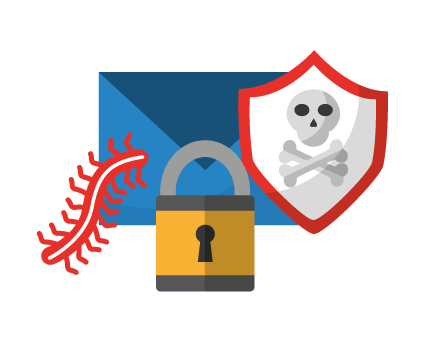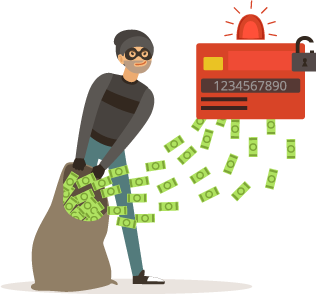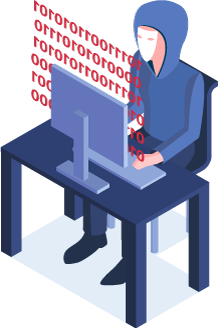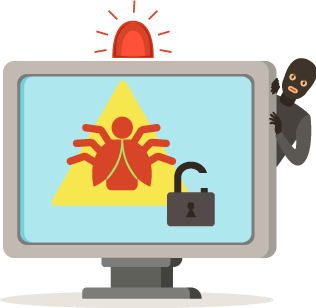What is Double Extortion Ransomware?
One of the most dangerous forms of cyber attacks is ransomware. Any organisation, regardless of size or industry, can be affected by it. WannaCry ransom attacks, for example, paralyzed the British NHS for several days due to a ransom demand.
According to CyberSecurity Ventures, ransomware attacks will cost the global economy $20 billion by 2022. It is estimated that businesses and organizations are attacked by ransomware every 11 seconds.
We’ll answer a few key questions about ransomware in this article to help you avoid its devastating effects.

















